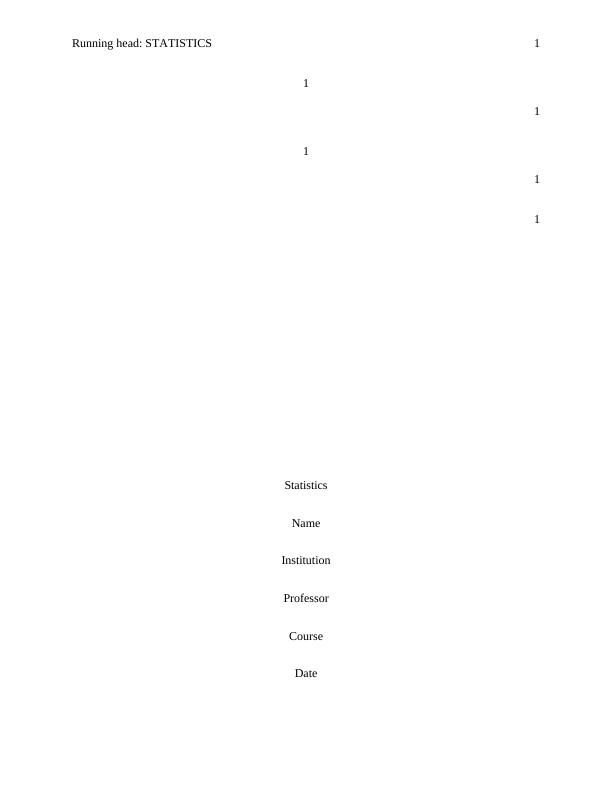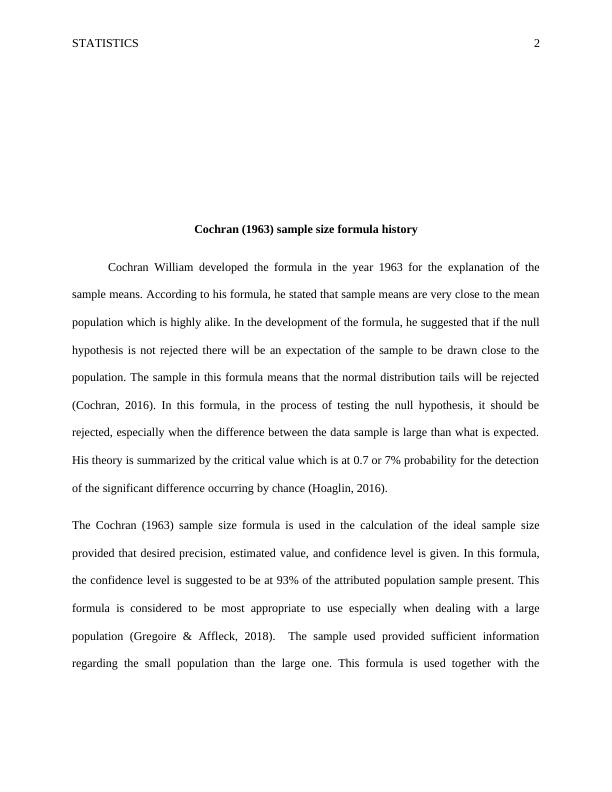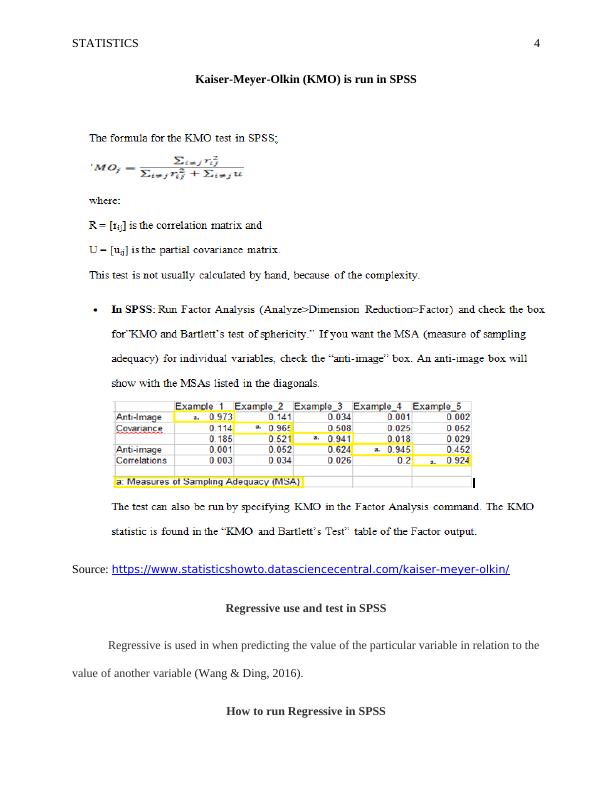Cochran (1963) Sample Size Formula History
Added on 2022-11-29
13 Pages944 Words315 Views
End of preview
Want to access all the pages? Upload your documents or become a member.
Stat Analysis Case Study Assignment
|7
|797
|41
Hypothesis Testing: Procedure, Steps, and Errors
|7
|1349
|310
ECON2142 - Statistical Decision Making and Quality control
|4
|510
|31
STATISTICS AND MATHEMATICS.
|4
|398
|133
Methods of Sample Size Determination in Biostatistics
|10
|629
|80
Assignment Report on Business Data Analysis
|17
|2276
|39




